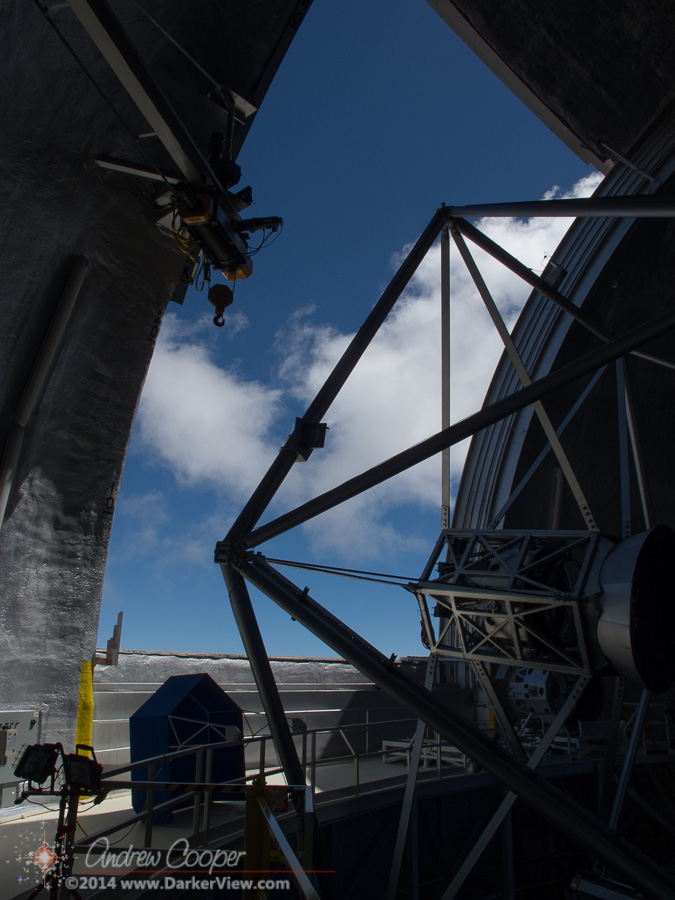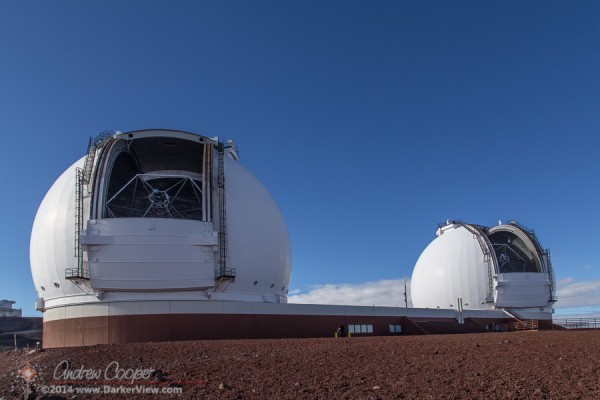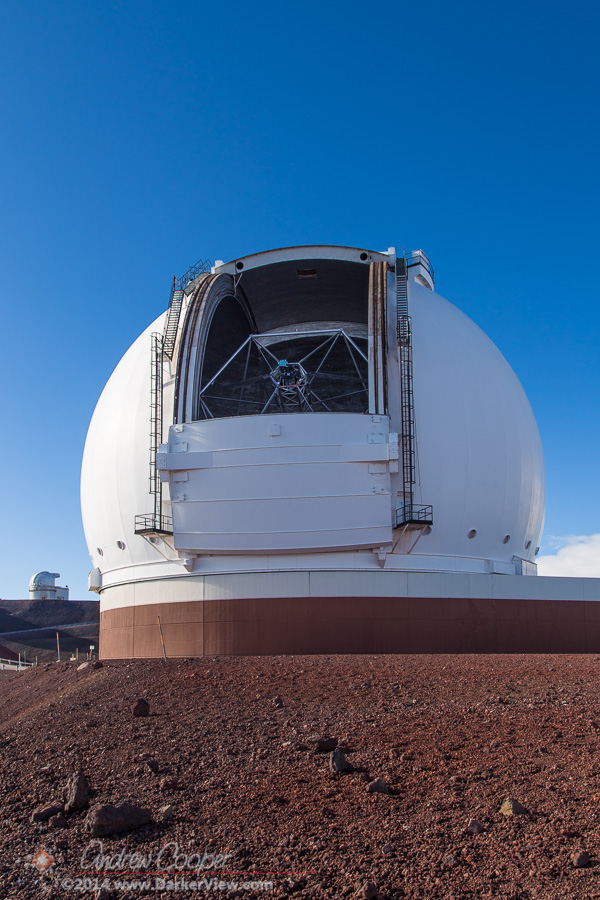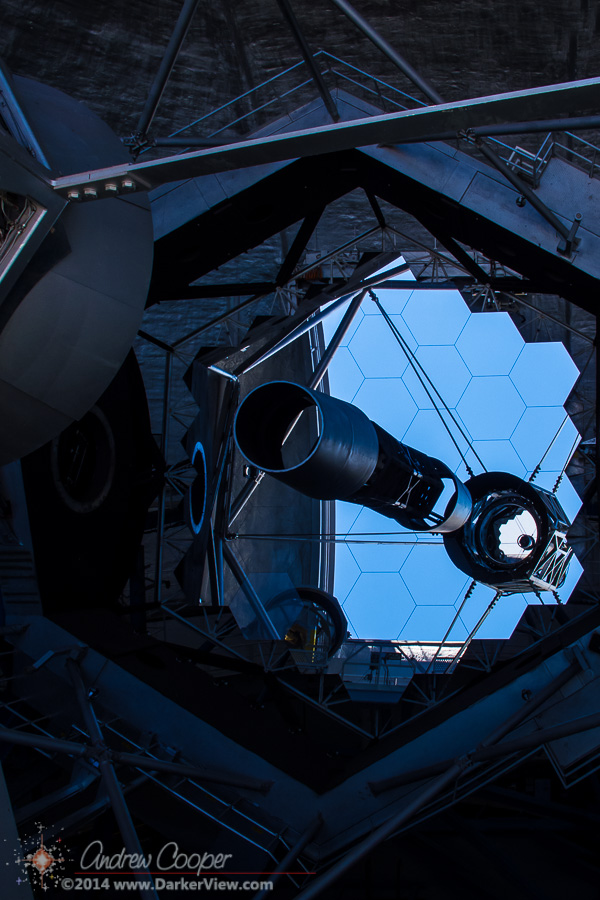
Tag: TBAD
Postcard from the Summit – Testing TBAD
Postcard from the Summit – Testing TBAD
Postcard from the Summit – Testing TBAD
Testing TBAD
TBAD is our Transponder Based Aircraft Detector, used to avoid illuminating an aircraft with the AO laser. A specially designed receiver that uses an antenna at the front of each telescope to detect the TCAS anti-collision transponder that is carried by all commercial and most civil aircraft.
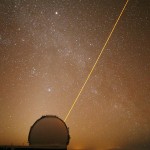
Still, we are mandated to avoid the situation and to put in place measures to avoid such an occurrence. Before TBAD this involved hiring guys to sit outside and watch the skies for aircraft. I have done this, it can be pretty on a clear night with calm weather. It can be brutal on a cold and windy night. Even when taking precautions such as rotating two spotters every hour or two there is always the question of human fallibility under adverse conditions. Using an automated system like TBAD is far preferable.
Postcard from the Summit – Testing
Testing TBAD with UAVSAR
So we have a system that will detect aircraft and shutter the laser.
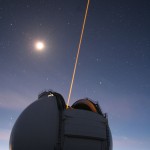
In theory TBAD will detect the TCAS transponder on an aircraft, turning off our AO Laser to avoid illuminating the aircraft. This work via means of a directional antenna mounted to the front of the telescope that is able to detect the 1090MHz TCAS transmissions from the aircraft. The system has been operational for the better part of a year, mounted to the Keck 2 telescope. It operates all the time, whether or not we are using the laser.
The problem is that there is very little air traffic over the summit, it is even more rare that a plane goes directly in front of the telescope while we are observing. It is these test cases we need to prove the system, an aircraft passing through where the laser would be. Though the first year of running the system we logged a total of one detection that would have resulted in a laser shutter event. We need more test cases if we are to prove to the FAA that the system works as designed.
Transponder Based Aircraft Detection
When you shine a powerful laser into the sky, someone is likely to notice.
That someone is likely to be the Federal Aviation Administration, who, for some reason, seem to be concerned about the possibility of our illuminating a passenger airliner with an AO laser.
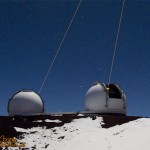
Enter TBAD, the Transponder Based Aircraft Detector. All commercial and most civil aircraft carry a 1090MHz ADS-B transponder that identifies the aircraft and provides basic data. The transponder is part of an aircraft tracking system now used by air traffic control centers around the world to supplement, or in some cases replace, radar systems. An idea… Create a directional antenna that can determine if a 1090MHz transmitter is in the beam of the antenna and mount that antenna to the telescope. With such a system we can detect an aircraft approaching our beam and shutter the laser. The idea was conceived by Tom Murphy and Bill Coles at the University of California San Diego. Thus TBAD can alternately mean Tom and Bill’s Aircraft Detector.
Postcard from the Summit – Installing TBAD
Hanging 60ft over the concrete below… fun!
I spent the day drilling and tapping holes into the side of the Keck 2 secondary assembly at the front of the telescope. This is to install two pieces of steel that will serve as a mount for an electronic module behind the secondary mirror. The only way to do this is to climb out onto the secondary assembly. Not a job for anyone that has a problem with heights.
Mind you I am tied to the telescope with safety straps and a full harness. While a fall would not be fatal, it would be an experience in hurt, slammed up against the steel when the straps catch the fall.
The system I am installing is TBAD. I will have to write more about it later, a quick description for now. TBAD is a method of detecting aircraft in front of the telescope, intended to shutter the AO laser before we illuminate an aircraft. It will use a directional antenna to receive transponder transmissions from the aircraft. Of course, the antenna needs to be mounted to the telescope along with the receiver electronics. Thus today’s work.
When you read this I will probably be back at it. Today I will be pulling the cable for the system to the secondary. This is done using our JLG man-lift, a hydraulically powered basket/crane that can access much of the telescope. I think I remember how to drive it…


